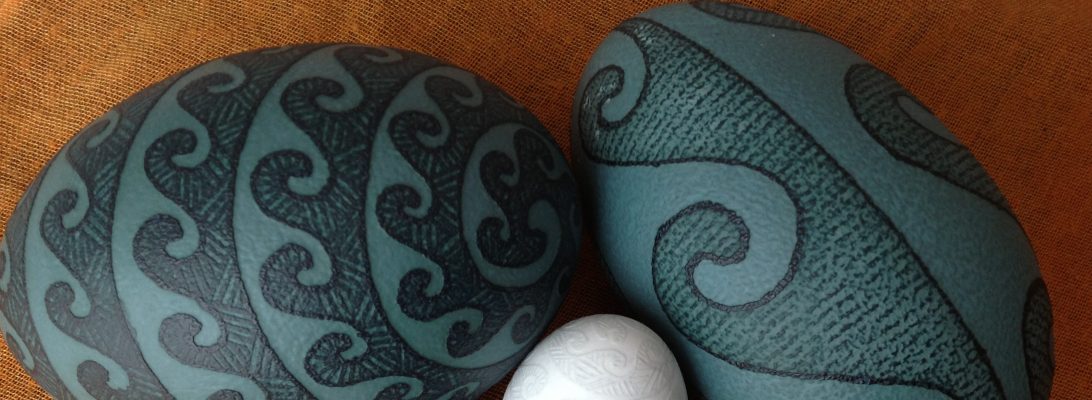Here is a different technique of drawing with wax on eggs. My grandma, who taught me to draw on eggs used to do these with a simple matchstick, while heating wax in a tin on the stove. I haven’t done this for probably 25 years (first attempts look a bit shaky), finally decided to try again. Not with a matchstick, but with a thing they call here drop pull tool, but who knows, now that I figured out the other components of the process, I might even try the matchstick again.

This technique comes from a very special region of Western Ukraine, Lemkiwshchyna, mainly in present-day Poland (and perhaps also partially Slovakia). It is a very tragic place, and very special place, that has been robbed of its people during and after the second word war, it had its own dialect that was very different than others, its own amazing sings, and its own manner of drawing on eggs, of course, among other things. My grandma grew up there, her father was a priest and was sent there to serve, and lived there still for a few years after marriage. My grandfather’s plan, who was also a priest, was to immigrate to US, and the tickets for the ship were already bought, but apparently my aunt got sick, and grandma refused to take a sick baby sailing across the ocean. That chance was lost and they ended up moving to the Soviet Union in the middle of the war. Even though originally we are not “from” there, my grandma’s best years were spent there and she loved the place very much and gladly shared the memories, stories, and these kinds of eggs as well.

Here, above, is the tool I used for these. This is a thick one, I have also some thinner ones somewhere in the box, I will probably explore those next time. You dip the head of this “pin” into liquid hot wax, and draw these elongated drops on the egg surface.
And here, below, the oil-heating thingy I used for heating the wax. It’s quite convenient. Someone gave it to me as a gift a while ago, and I was saving it actually for this purpose. I wasn’t sure whether a tea light candle would keep the wax hot enough, but it does.

Now, the dyes.
The beige one is black walnut on its own. I’ve used this dye few years before, and it’s a bit strange – thick and dark brown, almost like molasses, but it doesn’t absorb well into the egg shell. Almost like henna, which gave very disappointing results. This one is more interesting though, because it seems to have the capacity to lighten the darker egg, which could be useful if one wants to use incompatible colors on the same egg. I’ll show this to you later on another egg.

The pink, or maybe scarlet is a few weeks old sappan wood dye. I wasn’t so pink in the beginning, maybe the dye is wearing out, and maybe it became a bit more sour since a few eggs have been in vinegar baths. When used on fabric, this dye apparently can change from orange and warm red all the way to crimson and even purplish. when the Ph is changed. So maybe this is what happened…

The reddish-brown is walnut over sappan wood.

The purplish-maroon is sappan wood over logwood. I played with logwood last lear a bit, there is already a post somewhere earlier about it, what I have noticed today is that while on its own logwood does not like to adhere to the shell, looks powdery and easily comes off with wax, overdoing with another dye, in this case sappan wood, helps the color stick to the egg, and saves it from wiping off with wax. I’ll play more with this and will probably show more eggs.

Now, both (or rather all three) of my yellow dyes have died, the seem to spoil very fast, I was quite disappointed that I didn’t get a chance to use buckthorn more, but I just received an order of my favourite coreopsis extract. It’s a different make, so I’m not quite sure whether it will work, but I guess we will see :).
Roger.









